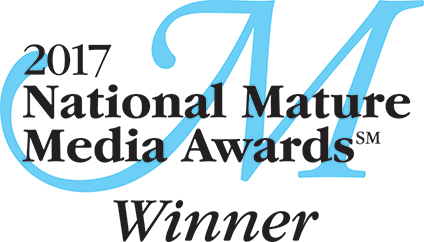An
esteemed collector of Southeast Asian Art, Jim lives" half the year in
Thailand. He is the author of the beautiful book “Thai
& Southeast Asian Painting: 18th through 20th
Centuries" . He recently donated a
large portion of his collection to a museum in the United States and continues
to collect art.
What triggered your interest in Asian art? Were you interested in the arts before being in Thailand?
I first became exposed to Asian art when in Bangkok in 1958 to undertake a city plan for Bangkok and Thonburi with a team of professionals. The art history education I received at the School of Fine Arts, University of Pennsylvania was solely focused on occidental art; what I saw in Thailand in the late 1950’s and early 1960’s captured me!
I began collecting Southeast Asian paintings and art in 1958. I enjoyed the spirited portrayals of the Jatakas, the Phra Malai stories and the images of the Lord Buddha which hung on my walls. There was very little English language literature at that time, and while I wasn’t sure what the subject of the paintings were, I was very sure of the pleasure they gave me.
The first paintings I acquired verged on the best of western abstractness; paintings of vivid color, paintings without the confining dictates of perspective, shades and shadows; paintings which valued strong composition, and paintings whose main driving force was the story to be told. I was enchanted.
Later assignments in a number of other Asian countries also contributed to my growing interest in Asian art. I collected and became interested in religious Indian and Tibetan art, as well as artifacts. In Saudi Arabia and Egypt I focused on carpets. And then I expanded my collection to include Indian miniatures paintings, and Tibetan Thongas paintings.
Around the late 1990’s I began to acquire Southeast Asian paintings as a priority. A number of these later acquisitions were found in the U.S.A. and Europe; well outside the confines of Southeast Asia.
Were your parents in the arts or collecting?
Not really! They were supportive and Dad probably strained himself carrying packages from the local, nearby post office. These were old items. antiques and miscellaneous junk sent back from Germany purchased by the use of cigarettes when stationed there in the Army,1945-46. (I never smoke when I became aware how additive they were)
You continue to spend much of your time in Thailand. Are you still collecting?
No/Yes! At 86 years old I am in a liquidating mode and over the last few years have sold or disposed of most of what I collected. Occasionally I weaken and buy some items but nothing major. If I find an old, good Thai or Southeast Asian painting I will try and buy it, if the cost is reasonable. The problem is the dealers who know me and my book, think I may know more than I do and suddenly the piece I am interested in is not for sale or the asking price becomes unreasonable.
Your book, Thai and Southeast Asian Painting: 18th Through 20th Century, is beautiful and an excellent guide to Asian art. Is there an area of Thai art or depiction that you find particularly compelling?
I always find the older Asian paintings most compelling.
Recently you donated a large portion of your collection to the Walters Art Museum. Can you talk about that decision?
In 2011 I gave 50 pieces of Southeast paintings to the Walters Art Museum in Baltimore, Maryland.
In 2009 I gave an illustrated talk on Thai Paintings to the ‘Informal Northern Thai Group’. During the question and answer segment at the end of the talk, an older man asked ‘What is going to happen to the paintings?’ I was taken aback by his question. My first reaction was one of slight annoyance and then later I realized it was something that I really hadn’t thought about, but the subject was real and given my age, somewhat pressing.
After my book on Thai paintings was published in 2010. I started to think about the paintings. Then I learned that the collection I had was probably the largest one in private hands in the USA so I decided to try and keep it together by donating the group to a museum.
Dr. Leedom Lefferts helped me with a concern of one of my paintings. He had just finished a consultancy at the Walters Art Museum and told me about the museum. It has a wide ranging, eclectic collection from Greek sarcophagus to Asian art in a relatively small space but all the art is well displayed. The museum also has a large collection of Thai paintings thanks to donors Doris Duke and Alexander Griswold and so I decided to join them.
You continue to write. What are the projects that you are working on now?
I just sent the final draft of my new book to Schiffer Publishing. The working title is Theravāda Buddhist Cosmology and a Cosmology Manuscript.
This book was initiated by the acquisition of a folding Burmese manuscript (parabaik ) from the 19th century, which describes and illustrates the Buddhist Theravāda cosmology.
In working on this effort, I realized that while the Buddhist cosmos has been described in literature, it has not been the subject of much discussion. While there are great numbers of books on the Buddha, Buddhism and the various aspects of Buddhist practice and thought, there are less than a handful of books in English that focus on the cosmos only a few mention the Hinayana or Mahayana Buddhist cosmos and they do so only peripherally.
I hope this new book will make understanding of the Hinayana cosmos easier to comprehend.








No comments:
Post a Comment